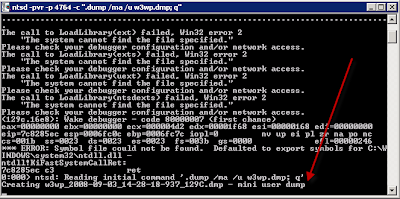Real-world networking speeds
A 100 Mbit connection has the theoretical maximum bandwidth of 12.5MB/sec. Actual speeds are lower because of overhead and other factors. Expect to see a maximum of 7 MB/sec.
Gigabit (1000 Mbit) has a theoretical maximum bandwidth of 125 MB/sec. Expect to see actual speeds up to about 90 MB/sec in real life.
Gigabit (1000 Mbit) has a theoretical maximum bandwidth of 125 MB/sec. Expect to see actual speeds up to about 90 MB/sec in real life.


